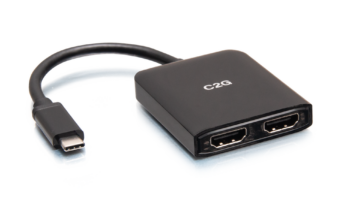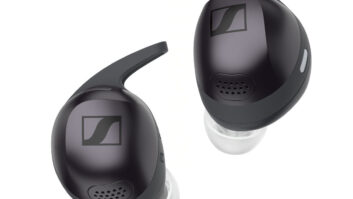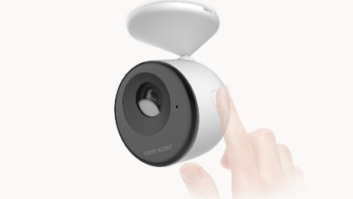Satellite digital radio broadcasters XM and Sirius have agreed to temper their rivalry and cooperate on ways to promote the satellite-radio market.
The two companies announced plans to jointly finance the development of dual-mode radios that would be able to receive both companies’ planned 100-channel services. They also agreed to share their intellectual property to make the project happen and targeted availability in 2004.
The two companies further agreed to create a joint service mark identifying satellite radios, provide coverage for each other in case one of the services suffers an outage, and work to resolve their patent-infringement litigation.
Although the FCC has mandated that interoperable radios be available, it is not requiring that all satellite radios be dual-mode, said Steve Cook, XM senior sales and marketing VP. In clarifying the FCC mandate, he said the FCC doesn’t require retailers or manufacturers to sell only interoperable radios, only that the two providers make interoperable radios available.
As a result, some automakers and manufacturers could continue to offer only single-mode radios even after dual-mode models are available, Cook said. But Sirius and XM “would encourage” automakers and suppliers “to take the interoperable direction to generate the greatest category growth.”
The two companies are taking these steps, said Ira Bahr, Sirius’ senior VP of marketing and alliances, because “we each just got tired of competing over alliance partners. Working together to build the business will yield more results than if we work at cross-purposes.”
The interoperability agreement is a key development, said XM’s Cook, because although “we had always envisioned we would get to interoperable radios one day, we now have a solidified plan to make it happen.”
Under the plan, both providers will continue to build and operate separate infrastructures, operate separate satellites, and market separate programming services. And “neither of us will change our proprietary transmission infrastructure,” Bahr added. “But we will cooperate on developing consumer devices that efficiently process both of our digital signals.”
For consumers, the strategy will prevent obsolescence of first-generation radios that receive only one broadcaster’s service.
Both companies said their future agreements with automakers and receiver manufacturers will specify the dual-mode technology that they develop. And both said in a prepared statement that they would work with their existing partners to “integrate the new standard under the terms of their existing agreements.”













